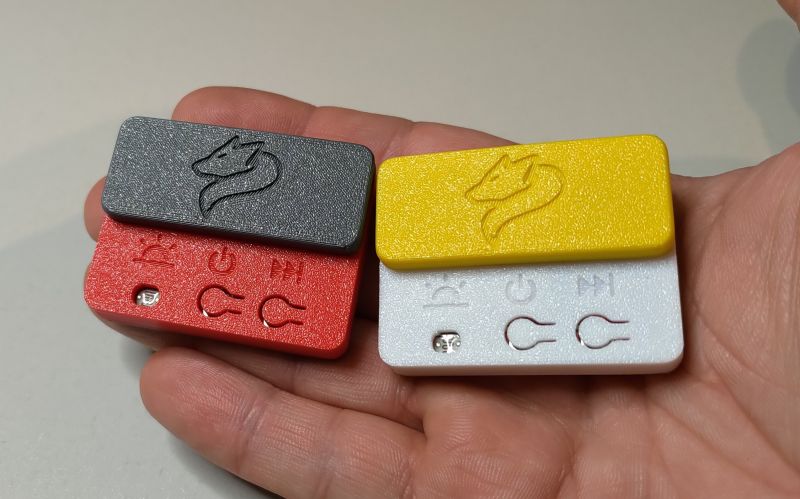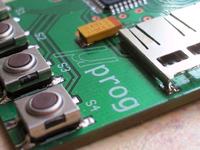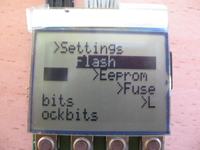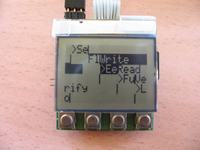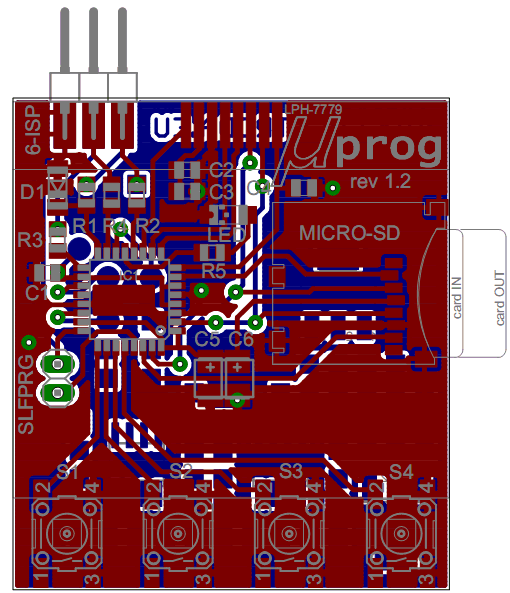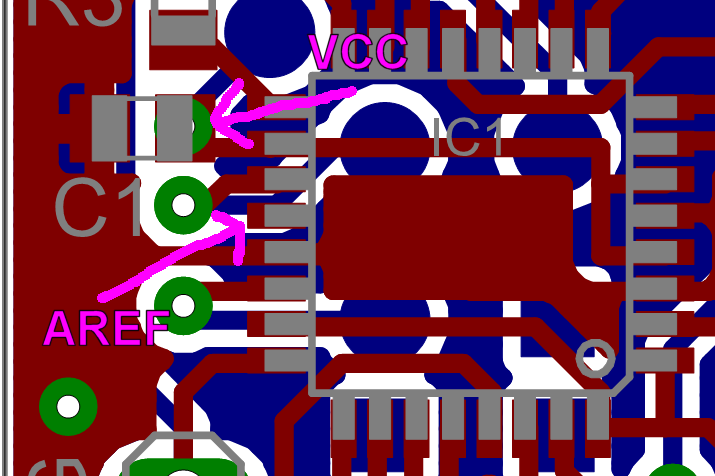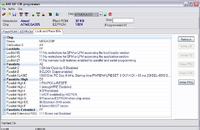I've already dealt with it, soldered a few insulated wires, quite thin so that the socket does not stick out too much. For those who do not know how to solder: Capacitor C5 - ************* (here I shot babola and sorry for him!), Diode D1 - Zenner - stripe towards the keys, please pay attention to the first pin of the chip - marked with a circle (if it is soldered incorrectly, it is a problem to desolder - better check 5 times or in the right direction), the LCD connector - solder with a clean tip with a small amount of tin and a little more rosin. It is best to solder the first pin, and then when everything fits, solder carefully from the other side.



